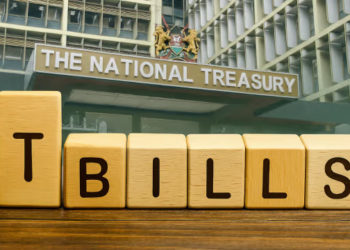Planning for early retirement is a dream for many, offering the promise of freedom, adventure, and the opportunity to pursue passions without the constraints of a 9-to-5 job. However, achieving early retirement requires careful planning, disciplined saving, and smart investing.
The first step in planning for early retirement is to set clear and realistic goals. Consider the age at which you want to retire, the lifestyle you envision, and the annual expenses you anticipate in retirement. These factors will guide your savings and investment strategies, helping you determine how much you need to save to support your desired lifestyle.
Take stock of your current financial situation to understand where you stand. Calculate your total savings, including retirement accounts, savings accounts, and investments. List all your debts, such as mortgages, car loans, and credit card debt, and develop a plan to pay them off before retirement. Evaluate your current income and identify any additional sources of income you can tap into to boost your savings.
Developing a detailed savings plan is crucial for reaching your retirement goals. Use retirement calculators to estimate how much you need to save, factoring in inflation and potential market fluctuations. Maximize your retirement contributions by contributing the maximum allowed amount to retirement accounts like 401(k)s, IRAs, and pension plans. Take advantage of employer matching contributions if available. Opening a Roth IRA can be beneficial, as it allows for tax-free withdrawals in retirement. Automate your savings by setting up automatic transfers to your retirement accounts to ensure consistent contributions.
Smart investing is essential for growing your retirement savings. Diversify your portfolio by spreading your investments across different asset classes, such as stocks, bonds, real estate, and mutual funds, to minimize risk. Focus on growth-oriented assets like stocks, which have the potential for higher returns over the long term. Periodically review and adjust your portfolio to maintain the desired asset allocation and risk level.
Cutting expenses and boosting savings can accelerate your path to early retirement. Create and stick to a budget that prioritizes savings. Track your spending and identify areas where you can cut back. Consider downsizing your home or relocating to a more affordable area to reduce living costs. Adopt a frugal lifestyle by minimizing discretionary spending, cooking at home, and seeking out free or low-cost entertainment options.
Diversifying your income sources can provide financial security in retirement. Invest in rental properties, dividend-paying stocks, or peer-to-peer lending platforms to generate passive income. Consider part-time work or freelancing to supplement your retirement income and stay engaged.
Prepare for unforeseen circumstances that could impact your retirement plans by maintaining an emergency fund with 6-12 months’ worth of living expenses. Ensure you have adequate insurance coverage, including health, life, and disability insurance.
Regularly review and adjust your retirement plan to stay on track. Conduct annual financial check-ups to assess your progress and make necessary adjustments. Stay educated on financial news and trends to make informed investment decisions.

















